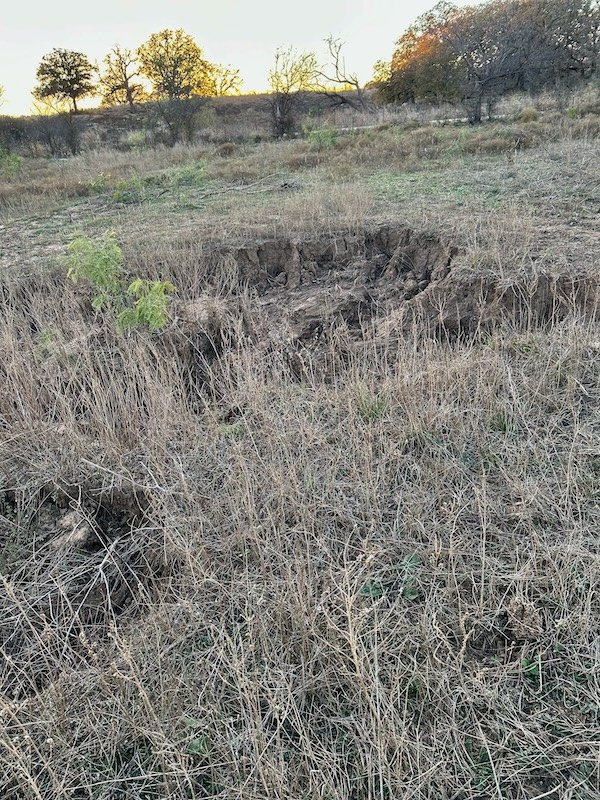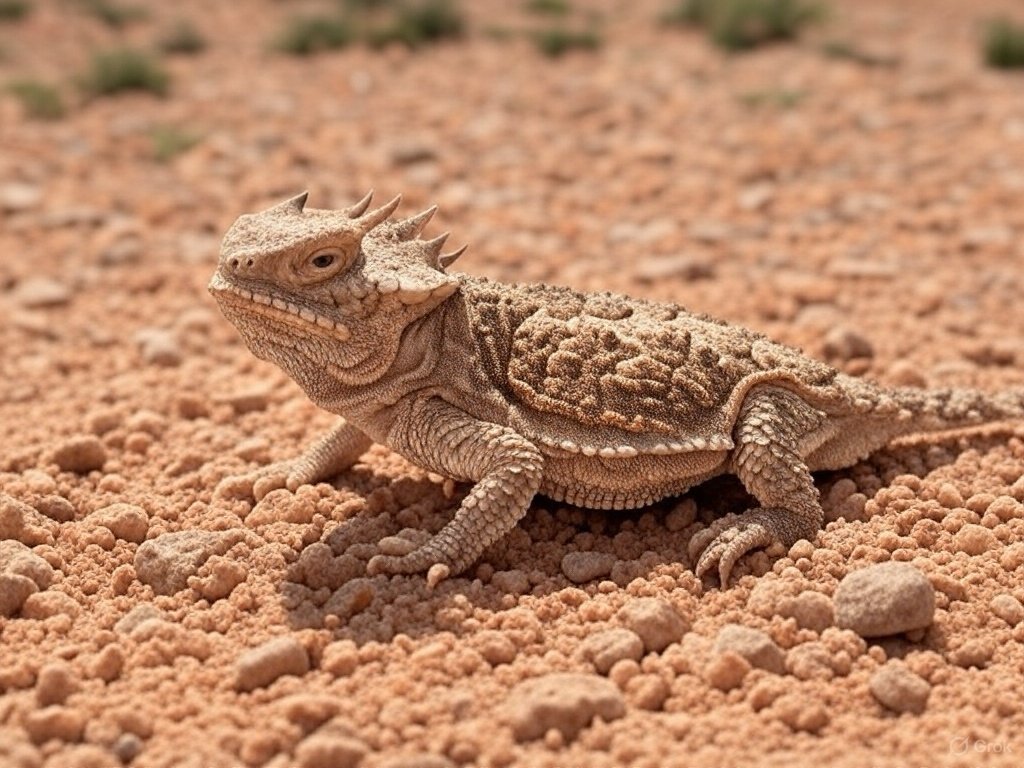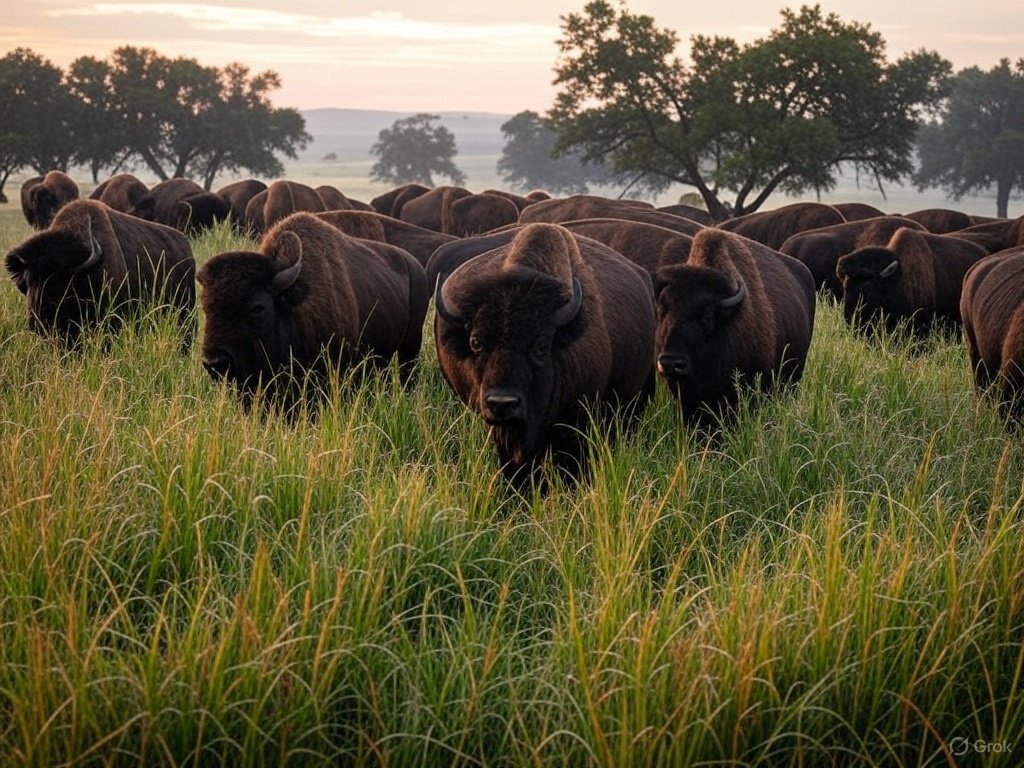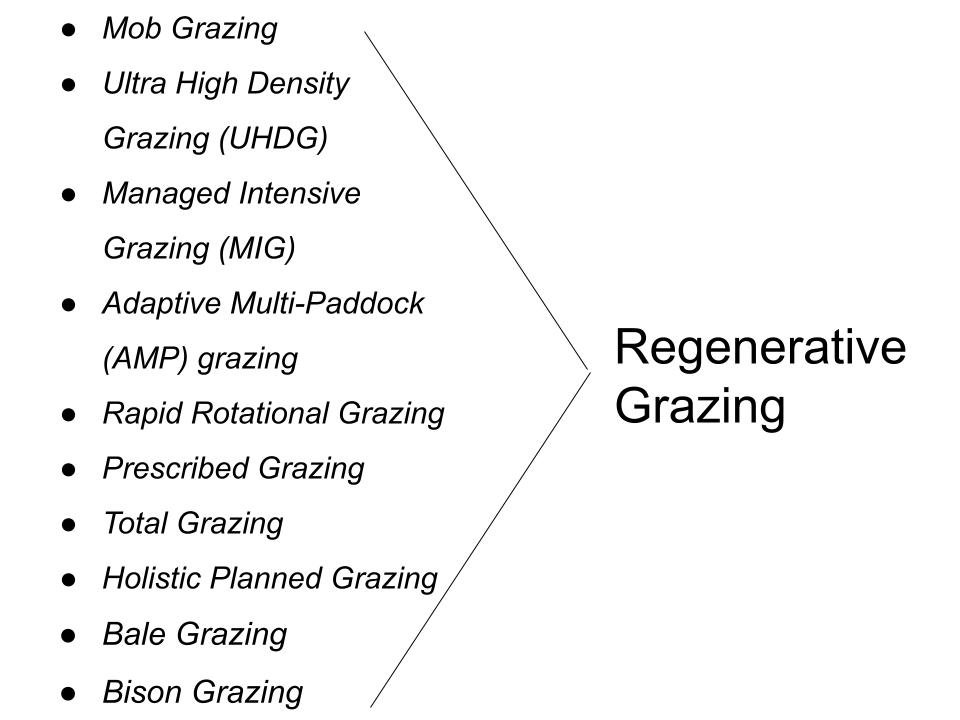Regenerative ranching is a comprehensive approach to livestock farming that aims to restore and enhance soil fertility while producing food. It goes beyond sustainable practices by actively improving the land through methods like:
- Rapid rotational grazing:
- Moving livestock frequently to mimic natural herd movements, preventing overgrazing, and allowing pastures to recover after grazing.
- Extensive use of both permanent and moveable electric fencing to actively manage grazing patterns.
- Soil health focus:
- Using grazing to stimulate plant growth, increase organic matter and sequester carbon in the soil.
- Biodiversity promotion:
- Encouraging diverse plant, insect, soil biome and animal life to create resilient pastures.
- Minimal external inputs:
- Reducing reliance on synthetic fertilizers, pesticides, herbicides, dewormers, hormones, antibiotics and grain-based livestock feed by leveraging grass and natural processes.
- Water management:
- Use of water distribution systems to get livestock water to every corner of the ranch.
- Improving water retention and reducing runoff through healthy permeable soils and strategic planned grazing.
- Terraforming via livestock:
- Use of livestock as a natural tool for reseeding pastures, distributing fertilizer evenly in the form of manure and urine and building up organic matter in soil.
This approach often improves ranch profitability, enhances animal welfare, and stores carbon in the soil. It’s rooted in principles of regenerative agriculture, tailored to livestock systems.
Regenerative ranching, focused on restoring soil health, biodiversity, and pasture resilience through comprehensive livestock management, has been shaped by several key pioneers:
- Allan Savory: Developed the Holistic Management framework in the 1960s, emphasizing planned rotational grazing to mimic natural herd movements, improving soil carbon sequestration and grassland health. His TED Talk in 2013 popularized these ideas.
- Gabe Brown: A North Dakota rancher, Brown adopted regenerative practices in the 1990s, integrating cover crops, no-till, and diverse livestock systems. His book Dirt to Soil (2018) and speaking tours have inspired widespread adoption.
- Joel Salatin: Through Polyface Farm, Salatin pioneered rotational grazing and multi-species systems since the 1980s, emphasizing local food systems and soil fertility. His books, like Salad Bar Beef, spread his methods.
- Greg Judy: A Missouri grazier, Judy advanced adaptive multi-paddock grazing, leasing land to scale regenerative practices. His books and YouTube channel have made him a key educator since the 2000s.
- Will Harris: At White Oak Pastures in Georgia, Harris transitioned from industrial to regenerative ranching in the 1990s, using multi-species grazing to restore degraded land. His farm is a model for large-scale regenerative systems.
These figures built on earlier influences like André Voisin’s 1950s work on rational grazing and the broader organic movement, adapting practices to diverse landscapes and sharing knowledge through books, talks, and demonstrations.
Detractors of regenerative ranching raise several concerns, often focusing on its scalability, scientific validation, and environmental impact. Here are the main criticisms:
- Limited Scalability: Critics argue that regenerative ranching, which often relies on rapid rotational grazing and smaller-scale operations, is difficult to scale to meet global meat demand. Industrial agriculture, they claim, is more efficient for feeding large populations, especially in regions with limited land or water resources.
- Inconsistent Carbon Sequestration Claims: While proponents highlight regenerative ranching’s potential to sequester carbon in soils, detractors question the consistency and magnitude of these benefits. Studies, such as those cited in critiques from groups like the Breakthrough Institute, suggest that carbon sequestration varies widely based on soil type, climate, and management practices, and may not offset livestock methane emissions as claimed.
- Lack of Robust Evidence: Some scientists and environmentalists argue that regenerative ranching lacks sufficient peer-reviewed, long-term data to support its environmental benefits. They point to studies, like those from the University of Oxford, showing that grass-fed systems can have higher methane emissions per unit of meat compared to feedlot systems, undermining climate benefits.
- Land Use Concerns: Critics note that regenerative ranching requires significantly more land than conventional feedlot systems due to lower stocking densities. This could lead to deforestation or habitat loss if scaled up, especially in biodiverse regions like the Amazon, counteracting environmental gains.
- Economic Viability: Detractors highlight that regenerative ranching can be costlier and less profitable for ranchers due to higher labor and land management demands. This could limit adoption, particularly for small-scale farmers in developing countries, as noted in critiques from agricultural economists.
- Animal Welfare Misconceptions: Some argue that regenerative ranching’s “natural” branding oversimplifies animal welfare. While animals may graze freely, critics point out that issues like predation, disease, or extreme weather can pose risks in extensive systems, which may not always be addressed adequately.
- Overhyped as a Climate Solution: Environmental groups like Greenpeace have criticized regenerative ranching as a distraction from reducing overall meat consumption. They argue that even if it sequesters some carbon, livestock farming inherently has a high environmental footprint compared to plant-based systems, and scaling regenerative practices won’t sufficiently mitigate climate change.
These criticisms often stem from a tension between regenerative ranching’s holistic philosophy and the demand for quantifiable, universally applicable solutions in conventional agriculture. Detractors call for more rigorous research and realistic assessments of its global potential.
Proponents of regenerative ranching respond to detractors with a mix of practical examples, emerging research, and a reframing of the critiques to align with their holistic approach. Here’s how they address the main criticisms:
- Scalability Concerns: Proponents argue that regenerative ranching can be adapted to diverse contexts, citing examples like large-scale operations in Australia and the U.S. (e.g., ranches managed by the Savory Institute). They emphasize that global meat demand should be reduced overall, with regenerative systems prioritizing quality over quantity, supporting local food systems, and reducing reliance on industrial monocultures.
- Carbon Sequestration Evidence: While acknowledging variability, proponents point to studies, such as those from Michigan State University and the Soil Carbon Initiative, showing significant carbon sequestration in well-managed regenerative systems. They argue that long-term soil health improvements, including increased organic matter, enhance sequestration over time, and methane emissions can be offset through practices like adaptive multi-paddock grazing.
- Need for More Research: Advocates agree more peer-reviewed studies are needed but highlight existing research and on-the-ground success stories. Organizations like Regeneration International and ranchers like Gabe Brown provide data showing improved soil health, water retention, and biodiversity. They argue that science is catching up to practices farmers have refined for decades and that funding for such research has been limited compared to industrial agriculture.
- Land Use Efficiency: Proponents counter that regenerative ranching restores degraded land, making it productive without requiring deforestation. They cite examples of restored grasslands in the U.S. Great Plains and Africa, where holistic management has increased carrying capacity. They also argue that industrial agriculture’s land efficiency comes at the cost of soil depletion and ecosystem loss, whereas regenerative systems enhance biodiversity and resilience.
- Economic Viability: Advocates acknowledge higher initial costs but argue that regenerative ranching reduces input costs (e.g., fertilizers, feed) over time. Case studies from ranches like Polyface Farms show profitability through diversified revenue streams (e.g., direct-to-consumer sales, agro-tourism). They also point to growing consumer demand for regeneratively raised meat, which commands premium prices, and emerging carbon credit markets as financial incentives.
- Animal Welfare: Proponents emphasize that regenerative systems prioritize animal well-being by mimicking natural herd behaviors, reducing stress, and eliminating feedlots’ confinement practices. They argue that risks like predation or weather are manageable through vigilant monitoring and adaptive management, and the overall quality of life for animals is higher than in industrial systems.
- Climate Solution Scope: Rather than positioning regenerative ranching as a silver bullet, proponents frame it as a critical part of a broader food system transformation. They argue it produces high-quality, nutrient-dense food while restoring ecosystems. Organizations like the Rodale Institute stress that regenerative practices can be applied beyond livestock to crops, amplifying climate benefits.
Proponents often emphasize that regenerative ranching is a context-specific, evolving practice that prioritizes ecological and social outcomes over industrial efficiency. They call for collaboration between scientists, farmers, and policymakers to refine and scale these systems while addressing gaps in data and implementation.
At OrangeStone Ranch, we’re not nearly as concerned about climate change and carbon sequestration as we are about simply retaining, building and regenerating our topsoil. As one commenter on social media said recently, “We no longer have topsoil. We have sand to which we add fertilizer and hope for the best.”*
We’ve been watching our own pastures and our neighbors’ pastures deteriorate steadily over the past 60 years while we and our neighbors continued with business as usual. At this rate, our progeny will be lucky to have any sand left to regenerate in 60 years. We need to turn the tide. If we can achieve our immediate goal of regenerating our soil and pastures, 90% of the climate change and carbon sequestration concerns will take of themselves.
If we were to quit ranching entirely as some in the environmentalist community would have us do, it’s unlikely that our pastures would recover on their own. The prairies around us evolved over millions of years in a win-win-win relationship with the climate and millions of roaming ruminants. Regenerative ranching holds out the promise of getting us back to that 3-way win.
* We apologize for not providing the attribution of this excellent quote. If you’re the originator, please let us know and we’ll be glad to give you the credit for it.




